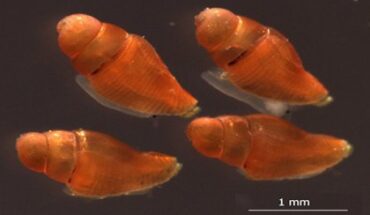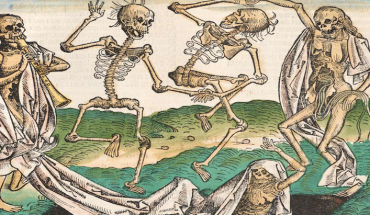Christmas trees, candle fumes and smoking Christmas puddings may be festive but they can all make asthma symptoms worse this holiday season. A sudden change in weather, especially gusts of freezing air, thunderstorms, colds and flu can all trigger asthma attacks. Asthma sufferers have more sensitive airways and the condition can lead to unpleasant symptoms such as coughing, shortness of breath and feelings of chest tightness, affecting quality of life.
Asthma sufferers have more sensitive airways and the condition can lead to unpleasant symptoms such as coughing, shortness of breath and feelings of chest tightness, affecting quality of life.
Fortunately, there are ways to improve the situation. A study led by a collaborative team led by me and Professor Anne Bruton at the University of Southampton, funded by the National Institute for Health Research (NIHR), has found that people who continue to get problems from their asthma, despite receiving standard treatment, experience an improved quality of life when they are taught breathing exercises.
We also found that the benefits of the breathing exercises were similar, whether they were taught in person by a physiotherapist in three face-to-face sessions, or delivered digitally for use in their own home (in this study via DVD). Our findings are published in a paper in the journal The Lancet Respiratory Medicine.
Our controlled trial recruited 655 UK adults who reported impaired asthma-related quality of life. Participants were randomised to receive a breathing exercise intervention delivered via DVD (261 people), or face to face with a physiotherapist (132 people). A third ‘control’ group received ‘usual care’ (262 people), continuing to take normal asthma medication, with no further intervention.
Both the DVD and face to face physiotherapy programmes improved patients’ asthma-related quality of life scores (over 12 months) compared with those receiving usual care, with improvements that are comparable to those achieved by increasing medication. Neither of the breathing retraining interventions (exercises) improved lung function or airway inflammation, suggesting they were not affecting the underlying biology of the disease. The programmes did not ‘cure’ asthma, despite improving people’s experience of having it. The number of asthma attacks was lower in the breathing retraining groups, but the reductions were not at a level of statistical significance.
The NHS healthcare costs were lower for both breathing retraining groups than for the usual care control group, and were lowest when access was provided digitally. Savings made by delivering the programme in this way outweigh any technology provision costs. The team has made the contents of the DVD and the supporting booklet freely available through the website http://www.breathestudy.co.uk/
- Merry Christmas without asthma - 23rd December 2017







